Your ability to move with speed and strength as an athlete is essential to the way you perform. That’s why I’m going to share with you: the athlete’s guide on how to train for power.
There are typically a few factors that will hold you back from becoming more powerful and explosive.
As a coach, my goal is always to start by correcting what’s wrong, before trying to improve on new skills. Having a strong foundation will allow you to continue improving upon your power training for many seasons to come.
I’m going to share a few of the main aspects of how to train for power and leave you with actual steps to work towards your particular needs.
Power Development
If you want to really understand how to train for power, there’s two parts you should be aware of:
- Energy Systems
- Muscle Fiber
The reason you need to understand these first, is because your training will make a whole lot more sense.
By understanding the way your body adapts to new stress, you can be confident when putting the work in.
Here’s a great read on how to patch up your energy leaks for move efficient movement.
Energy Systems
I’m taking it back to exercise physiology 101 here…
Your body operates on three different energy systems: phosphagen, glycolytic, and oxidation.
Depending on the length of time you’re performing an exercise, various energy systems will take over. For example, the phosphogen system dominates during the first 30 seconds of exercise before the glycolytic system takes over from 30 seconds to 3 minutes, and finally oxidation picks up anything beyond that.
The phosphogen system is the phase during which your body relies on creatine phosphate for a quick burst of energy.
This might take place as a:
- 40 yard dash
- 1 – Rep Max
- Football play or ice hockey shift.
Glycolysis powers your standard resistance training (think of hitting one full, individual set). This may relate more closely to a game such as baseball where there’s less frequent, but slightly longer periods of playing time.
Finally, oxidation is the final stage of energy production that allows you to play an entire game of soccer or basketball. You could run a mile or a marathon, all working within your aerobic system.
One thing to understand here is that you’re never strictly using one energy system at a time. All three simultaneously work together in varying amounts, to power you through any movement.
Muscle Fibers
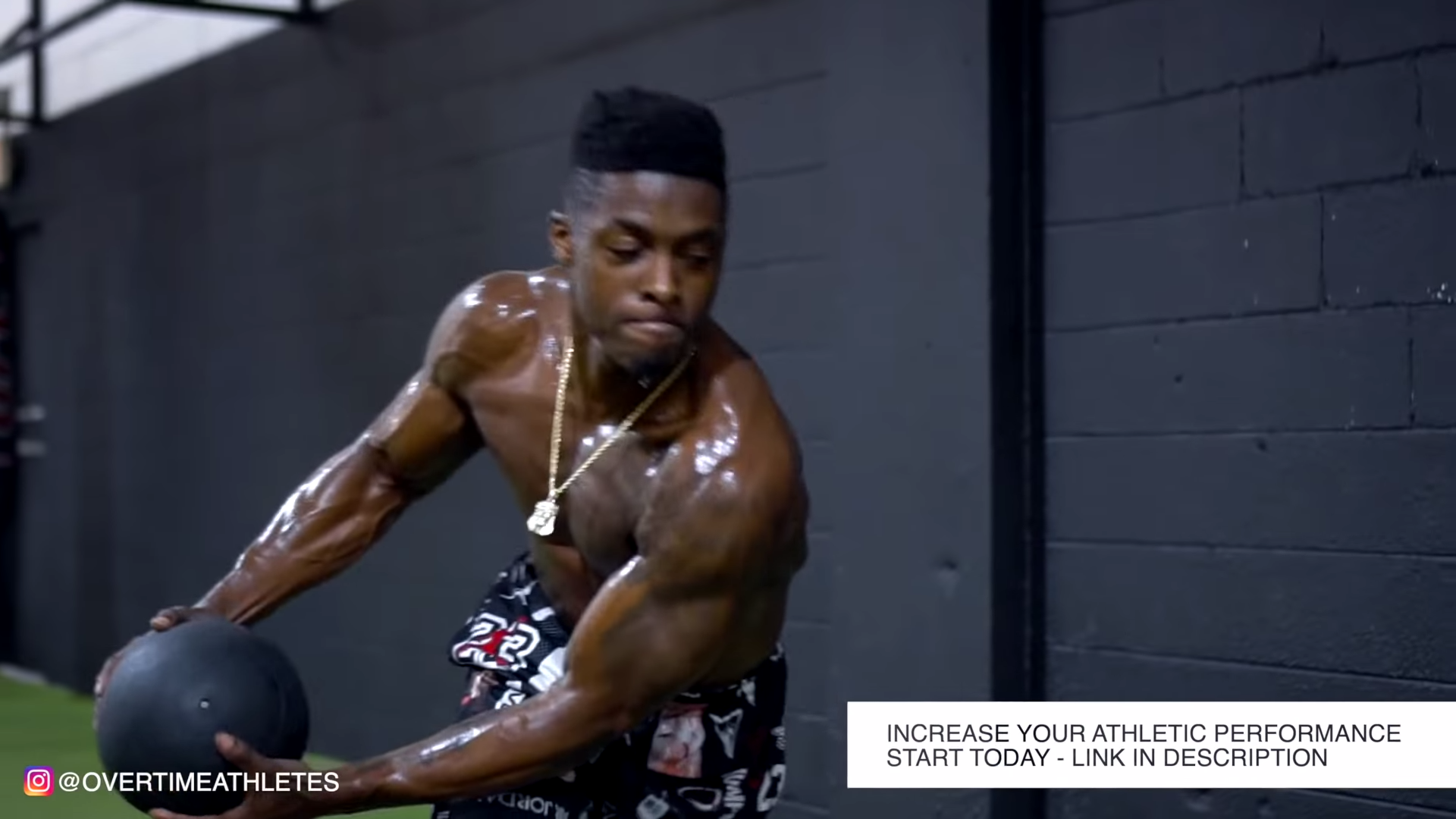
Your muscle fibers work closely alongside the energy systems.
The strength and conditioning world typically categorizes the three types of muscle fibers into “fast” or “slow twitch“.
Type IIx fibers are considered to be fast twitch muscles, while type IIa and type I are recognized as being slow twitch.
Research has continually shown that the way you train, will affect the way your muscle fiber adapts. Overtime, you may develop a greater proportion of fast or slow twitch muscle fibers.
I’ll let you guess which of the two is better when training for power…
If you take an athlete who’s been only training for a marathon, and begin working with them on power training such as plyometrics, sprinting, and jumping – later testing would reveal a shift towards more fast twitch than slow twitch muscle!
It’s important to keep in mind that while everyone has a certain genetic predisposition to more or less of either type of muscle fiber – training can make a dramatic difference in your power output.
Training For Explosive Power
Next I’m going to give you a few pointers on how to maximize your training for power output and overall strength.
1. Work with what you’ve got
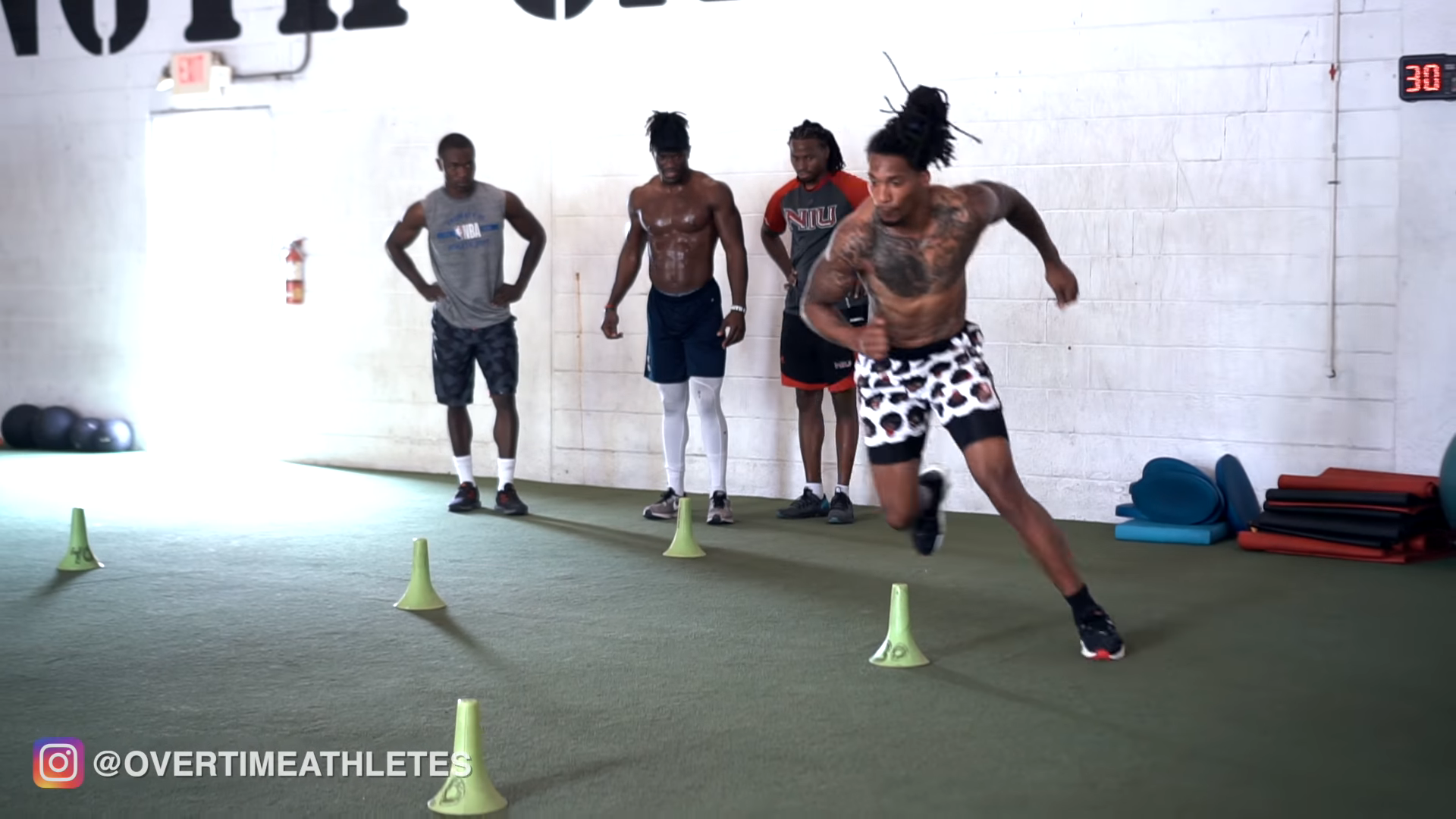
First, let’s consider the strength you already have.
I want you to take account of your current strength by finding out each of your PR’s. Write down your bench, squat, and deadlift maxes so you have a starting point.
The goal when you train for power is to convert all of this strength, into “explosiveness.” That way you can move around the field or court with ease.
I always consider power to be a combination of strength and speed.
It’s the ability to utilize your strength at faster rates, in order to create more force.
In order to do this, you’ll want to build up various percentages of your 1 rep max in different lifts and perform them as fast as possible.
Example: let’s say were using the squat…
You would want to start with maybe 20-30% of your 1RM and perform squat jumps with dumbbells. From here you can comfortably move up or down in weight, jumping faster and higher.
Any of these modalities will stimulate Type 1 fibers recruited from your strength and begin converting them into Type 2 fibers. Remember that these are the fast twitch fibers you’ll use during a game.
2. Move Like it’s Gametime
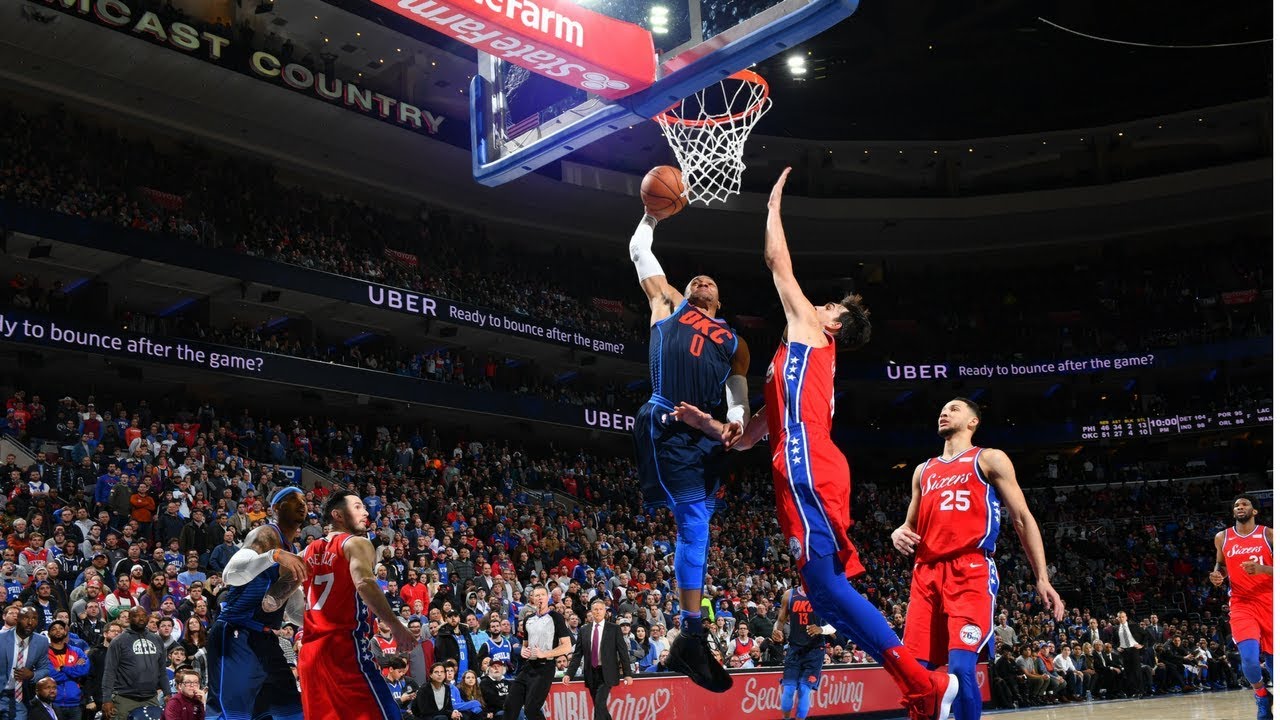
Next, let’s look at the actual movements we are performing.
Most athletes don’t realize it’s not about the muscles you are working but rather the movements you are performing. Yes, you are training muscles, but movement only occurs when all the muscles work together and fire in unison.
When was the last time you jumped explosively and ONLY used your hamstrings?
Rather, you use your glutes, hamstrings, errector spinae, quads, hip flexors etc. TOGETHER. That way as you become more explosive, you need to be performing movements that use all these muscles in sync.
A great example of this is with baseball players, and lateral movement.
For more power behind your swing, I recommend working on that lateral “plant and twist” movement. Break down your batting technique by working on drills like wood chops or a med ball twist.
Most athletes are looking to get explosive in either the hips or in the upper body. If you want explosive hips then you should be performing squats, deadlifts, and olympic lifts.
For upper body I recommend bench press with a quick tempo as well as overhead variation of presses or pushes.
These are just a few example of how to start becoming more explosive. For more workouts be sure to check out this post on change of direction and speed.
3. Train For Your Goals
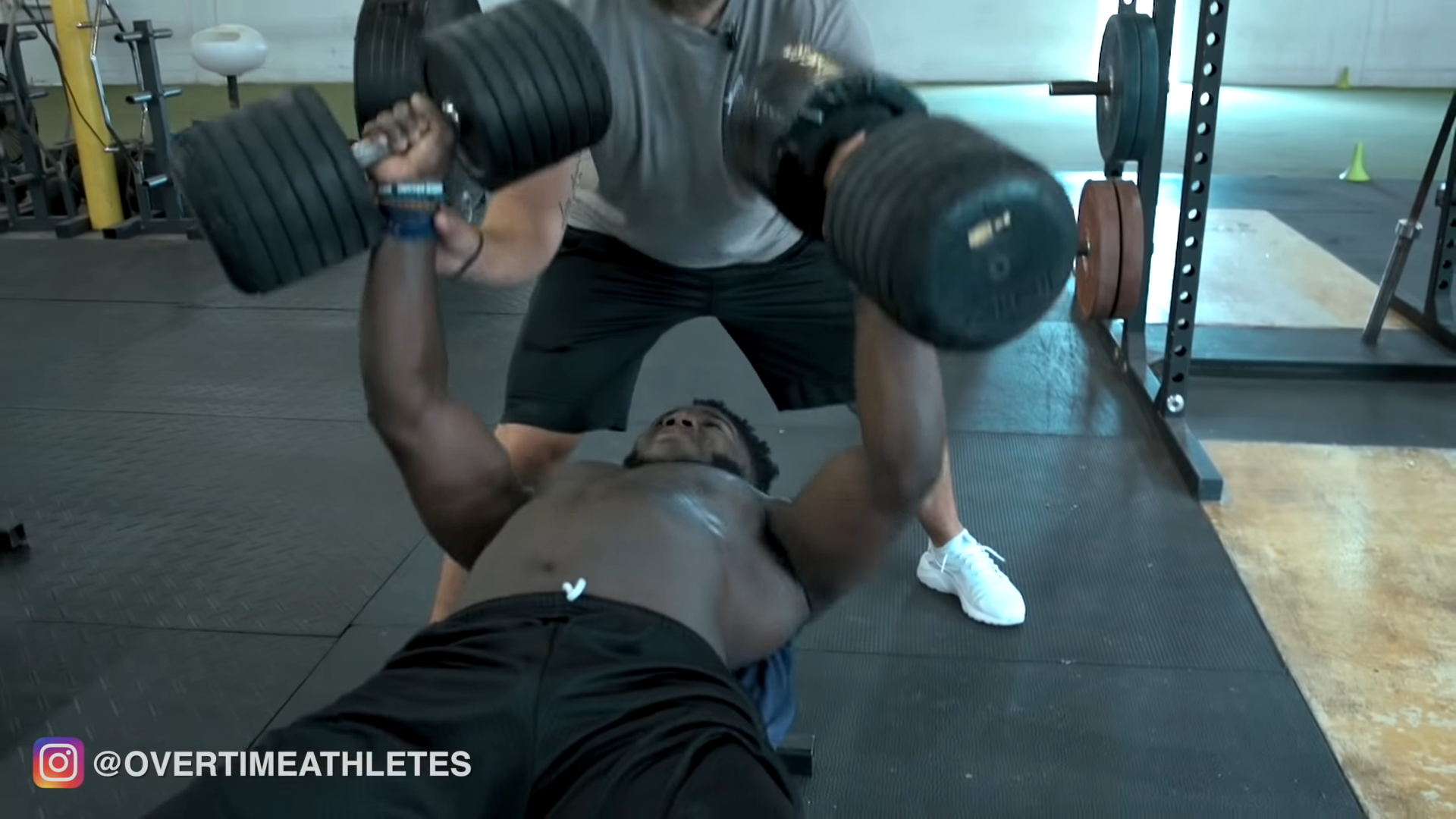
The last piece when training for explosive power, is to figure out your goals: and then get after it.
Now the majority of you reading this are “power-sport athletes.” Meaning?
Sports like football, basketball, baseball and even soccer require you to have explosive, all-out power throughout the entire game. That’s why it’s so important for you to train like it.
Here’s an example:
Awhile back I had a shot-putter reach out to me about training to increase his power. Shot-put is the track and field event where the athlete’s goal is to throw a metal ball (aka the shot put) as far as possible.
This guy’s coach was having him train by doing 100 reps of bench press to strengthen the upper body. Now I want you to think back to our recent discussion on energy systems and muscle fiber…
If your goal is to develop MORE power, then I highly suggest organizing your sets and rep ranges to be sure you don’t make the same mistake as our shot put buddy here. Build up towards your one rep max amongst various lifts by working with lower intensity but greater volume.
Train For Power
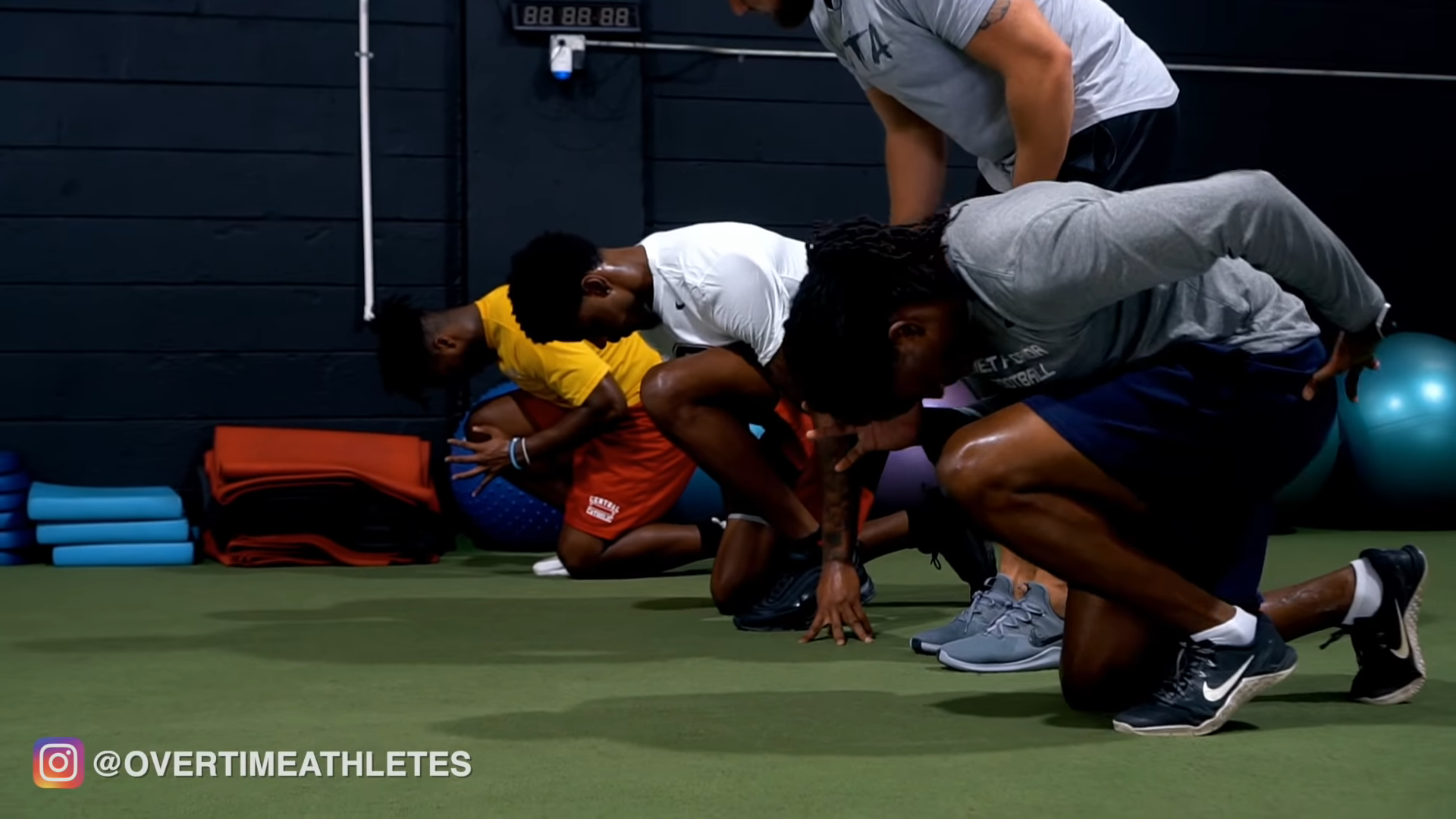
So now that you know a few of the key steps to start training for power, you’re ready to change things up…
And best of all, I’ve got you covered:
- Build off of your current strength, keeping speed and precision in mind at all times.
- Train your muscles to fire in unison. Your body creates maximal power when muscle groups work together.
- Train with the right goals in mind.
Most of the pro athletes I work with, follow this program during the off-season for power development!
The Athletic Strength Formula is a scientifically proven program that will help you develop greater strength and power, no matter what sport you’re competing in.
WARNING: this program is only for those athletes who are ready to train harder, lift more weight, and move with power.
By next season you’ll be tossing longer passes, outrunning the competition, and scoring more.
Holler,
